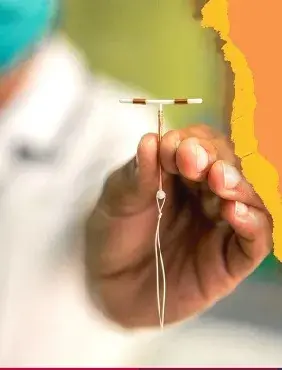China has established a nationwide contraceptive service supply network since the 1970s, providing various contraceptive methods to people of reproductive age free of charge. China's essential public health service package was launched in 2009. The standard package was initially designed to cover 10 sub-categories of public health, such as health care for children aged 0-3 years and maternal health services. In 2019, the package was extended to include 29 sub-categories of public health and the provision of free contraceptive services was included.
Despite the inclusion of free contraceptive services into the package, in recent years, the uptake short-acting contraceptive methods (especially condoms) as a proportion of total method mix has increased rapidly in China, whilst the proportion of long-acting reversible contraceptive methods has continued to decline (Zou et al. 2018). Meanwhile, the incidence of induced abortions has remained high in China. This indicates that there is an unmet need for contraceptive services among people of reproductive age, and the basic contraceptive service within the public health system needs to be strengthened.
In 2021, the China Population and Development Research Center and the United Nations Population Fund China jointly carried out a study on the implementation status of basic contraceptive services.




